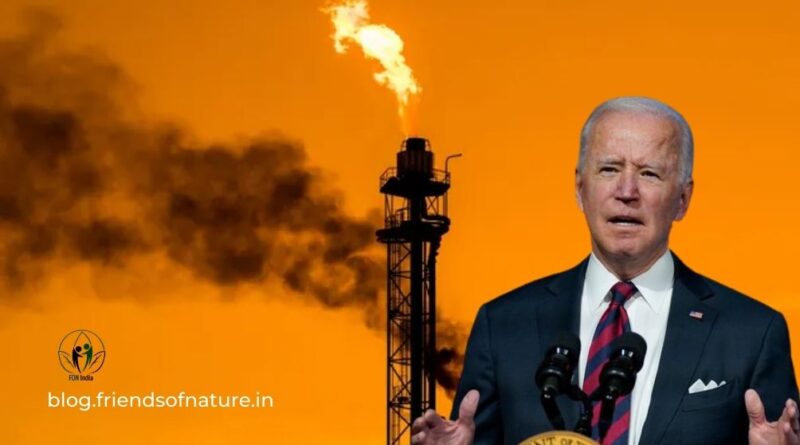Biden plans to cut emissions in half by 2030
The Paris accord, which President Donald Trump exited but Biden promptly rejoined, was designed with the expectation that countries would embrace bigger, bolder targets over time. The United States is the second-largest emitter of carbon dioxide (CO2), producing about 5.41 billion metric tons in 2018. China emits nearly twice that amount.
President Joe Biden pledged to cut U.S. greenhouse gas pollution in half by 2030 at a virtual climate summit Thursday, outlining an aggressive target that would require sweeping changes to America’s energy and transportation sectors.
That goal, which represents America’s new “Nationally Determined Contribution” under the Paris Agreement, was announced during a two-day virtual summit Biden is hosting with leaders of the world’s largest economies, starting on Earth Day, to galvanize greater climate ambitions. The White House’s goal of reducing greenhouse gas emissions by 50% to 52%, from a baseline of 2005 emissions, is nearly double the target set by Obama administration in 2015. An administration official, who briefed reporters on the condition of anonymity, did not detail how the White House plans to achieve the 50% reduction in emissions.

The planned U.S. pledge represents a near-doubling of the target that the nation committed to under the 2015 Paris climate agreement, when Barack Obama vowed to cut emissions by 26 to 28 percent compared with 2005 levels.
The Paris accord, which President Donald Trump exited but Biden promptly rejoined, was designed with the expectation that countries would embrace bigger, bolder targets over time. Biden has pledged to be the most aggressive president on climate change, setting a goal of de-carbonizing the U.S. power sector by 2035 and reaching net-zero greenhouse gas emissions by 2050.
Many climate scientists say it’s imperative that the United States, which has put more greenhouse gases into the atmosphere over time than any other country, cut its climate-warming carbon pollution at least in half this decade. That’s necessary, they say, to limit global warming to 2.7 degrees Fahrenheit (1.5 degrees Celsius), the widely accepted threshold for preventing catastrophic damage from climate effects.
Halving emissions this decade won’t be easy, but the goal is within reach, according to independent studies and a behind-the-scenes analysis the federal government has been conducting in the lead up to Biden’s announcement. To make it happen, the administration will have to marshall all of the resources at its disposal, enabling and accelerating decarbonization across every sector of the American economy,




